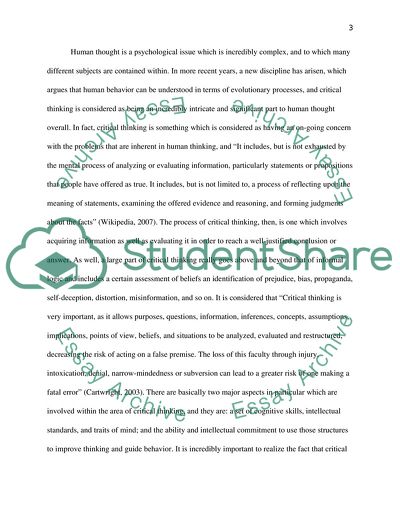Cite this document
(Critical and Reflective Practice: Human Thought Coursework, n.d.)
Critical and Reflective Practice: Human Thought Coursework. https://studentshare.org/philosophy/1707154-critical-and-reflective-practice
Critical and Reflective Practice: Human Thought Coursework. https://studentshare.org/philosophy/1707154-critical-and-reflective-practice
(Critical and Reflective Practice: Human Thought Coursework)
Critical and Reflective Practice: Human Thought Coursework. https://studentshare.org/philosophy/1707154-critical-and-reflective-practice.
Critical and Reflective Practice: Human Thought Coursework. https://studentshare.org/philosophy/1707154-critical-and-reflective-practice.
“Critical and Reflective Practice: Human Thought Coursework”. https://studentshare.org/philosophy/1707154-critical-and-reflective-practice.


